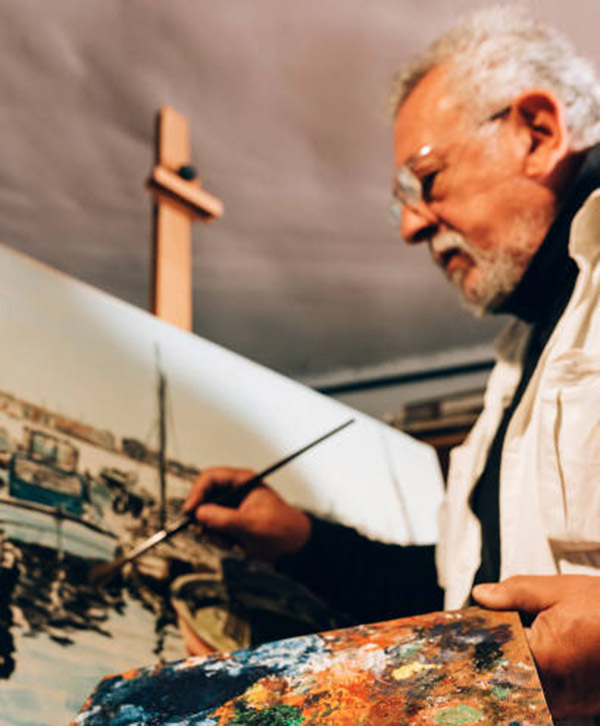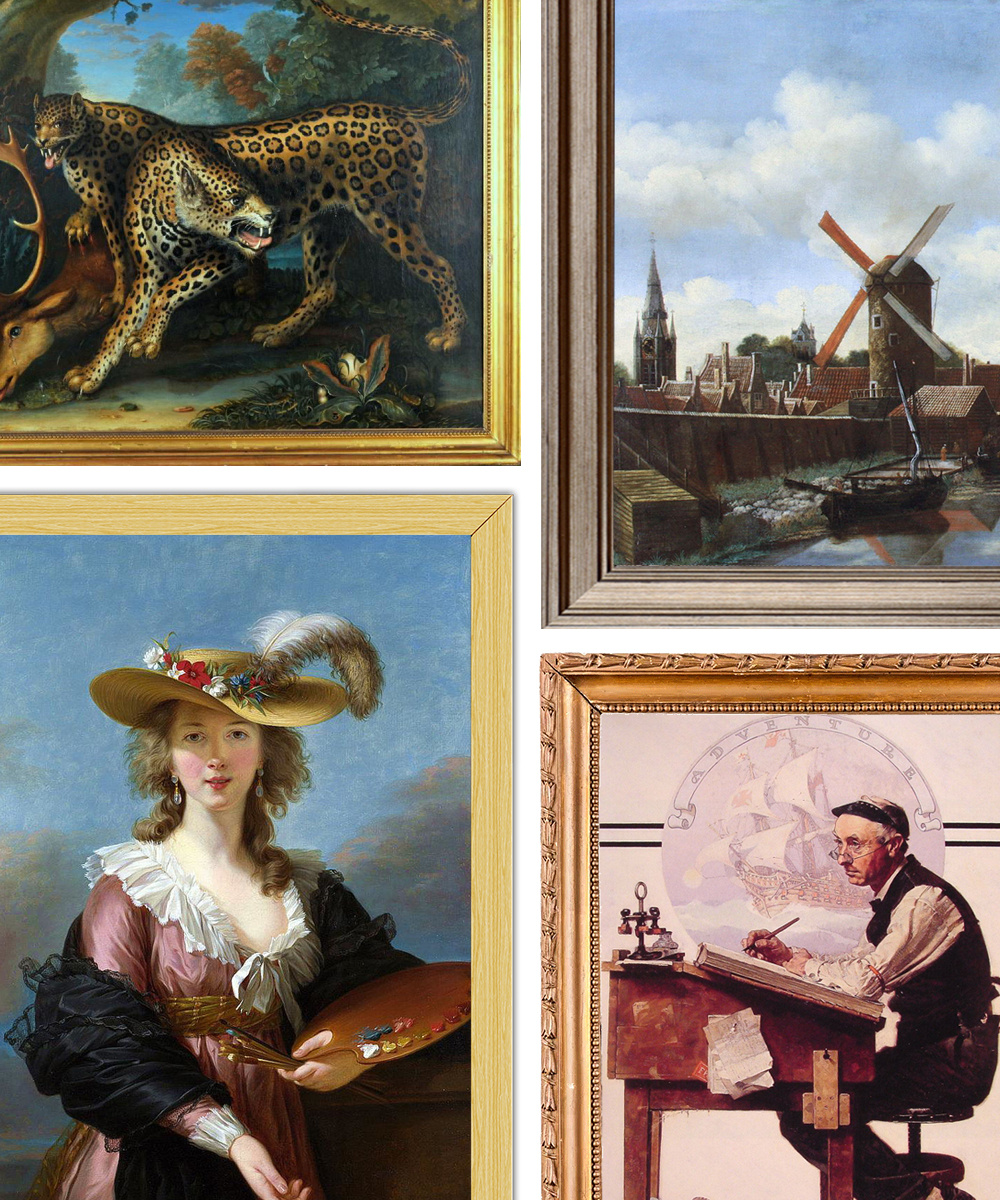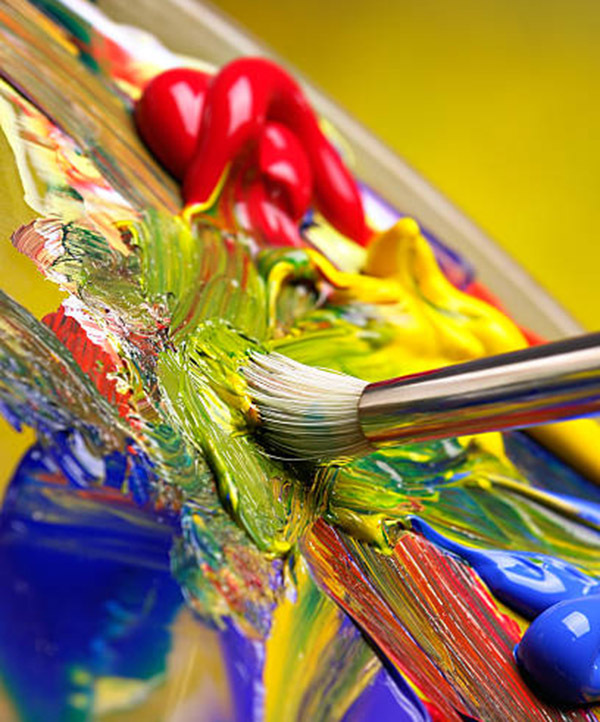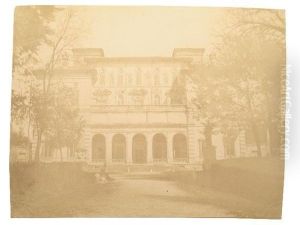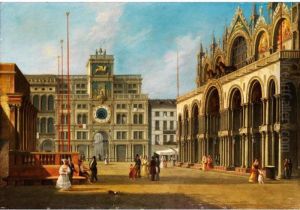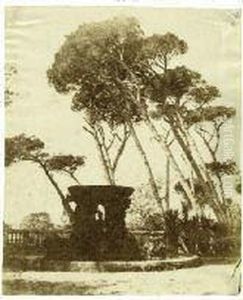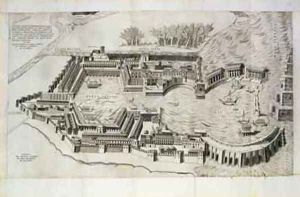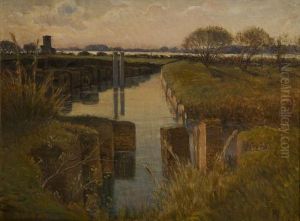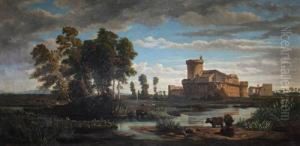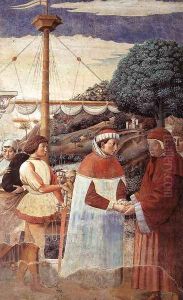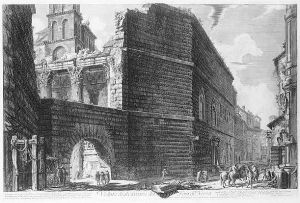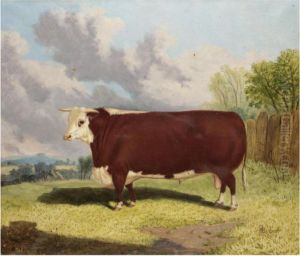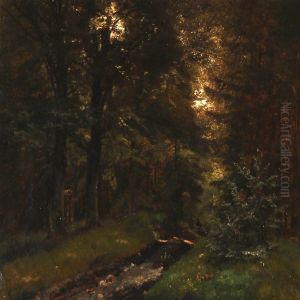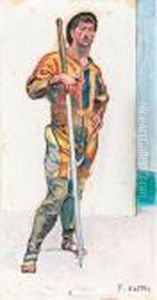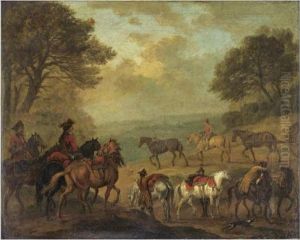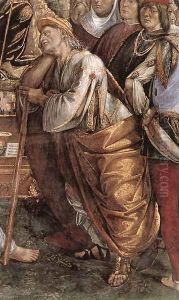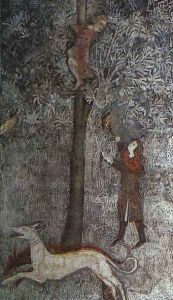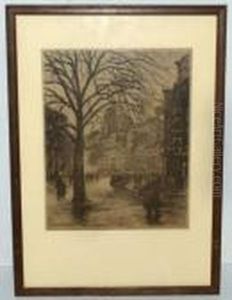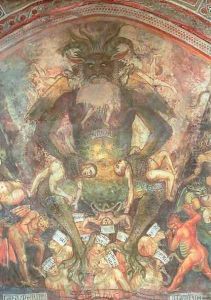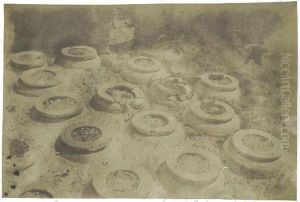





Dolia (grandes Anphores A Vin) Ostia Antica
-
About Reproduction
Discover the allure of art with our faithful reproduction of "Dolia (grandes Anphores A Vin) Ostia Antica", originally brought to life by the talented Giacomo Caneva. Unlike posters or prints, our hand-painted oil painting breathes an unique sense of depth and texture into your space. Every detail, every stroke, and every texture is meticulously recreated, paying the perfect homage to Giacomo Caneva and his artistic vision.
Owning this piece is more than just decoration - it's a statement of your refined taste in art. Let the vibrant colors and intricate details of this replica serve as a daily reminder of the beauty in our world. Elevate your decor and appreciate the richness of art with our replica of this masterpiece.
-
Painting Description
"Dolia (grandes Anphores A Vin) Ostia Antica" is a notable photograph by Giacomo Caneva, an Italian photographer active in the 19th century who was a key figure in the early development of photography in Italy. The photograph is part of Caneva's body of work that captures the archaeological and architectural heritage of Italy, with a particular focus on the ancient Roman sites.
The image depicts a series of large dolia, which are massive earthenware vessels that were used in ancient Roman times for storing and fermenting wine. These dolia are situated in Ostia Antica, which was the harbor city of ancient Rome and is now a well-preserved archaeological site near the modern city of Rome. The photograph is significant for its historical and documentary value, providing insight into the storage and commercial practices of the ancient Romans, as well as for its aesthetic qualities that reflect the early use of photography in the study of archaeology.
Giacomo Caneva was part of the Roman School of Photography and was known for his calotypes, an early photographic process that produced paper negatives. His work, including "Dolia (grandes Anphores A Vin) Ostia Antica," contributed to the pictorial documentation of Italy's cultural heritage and influenced the use of photography as a tool for archaeological and historical studies.
The photograph is not only important for its subject matter but also as an example of the application of early photographic techniques to the documentation of historical sites. It reflects the 19th-century interest in classical antiquity and the emerging field of archaeology, as well as the role of photography in preserving and disseminating knowledge about the past.
-
Lead Time & Shipping
When you order this oil painting replica, it typically takes 2-3 weeks to paint. If the artwork is more complex, it might need a little more time to ensure the best quality. Once it's ready, we'll send you a photo for your approval. After you give the green light, we'll ship it to you for free.
-
Return & Refund
We believe in the quality of our hand-painted oil painting reproductions, and your satisfaction is our priority. If for any reason, you are not completely satisfied with your purchase, we offer a 45-day return policy. You can return your artwork within 45 days of receipt and receive a full refund. Please note that the artwork must be returned in the original packaging and in the same condition as it was received.

